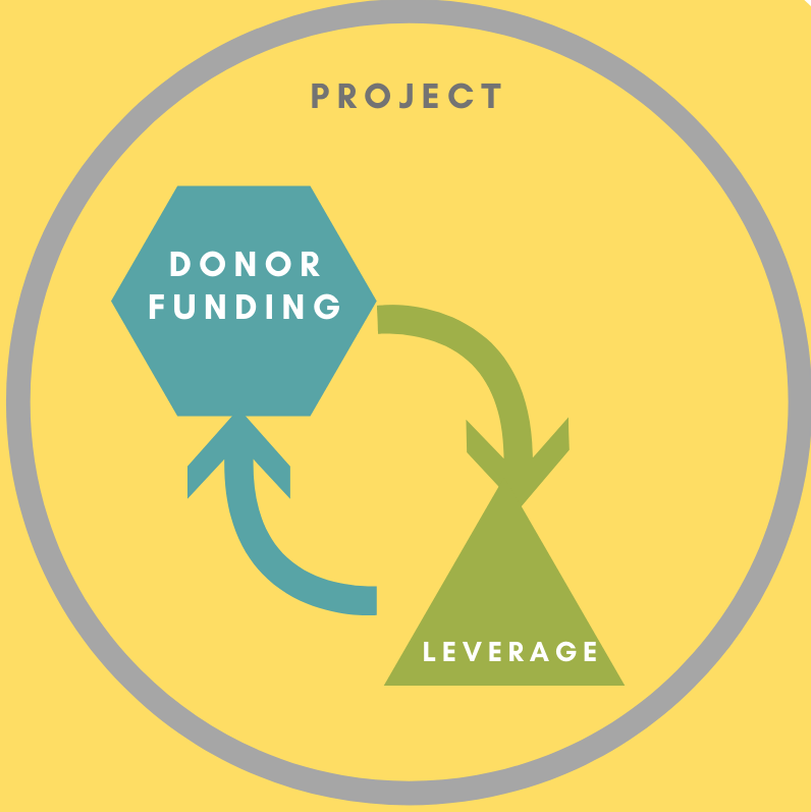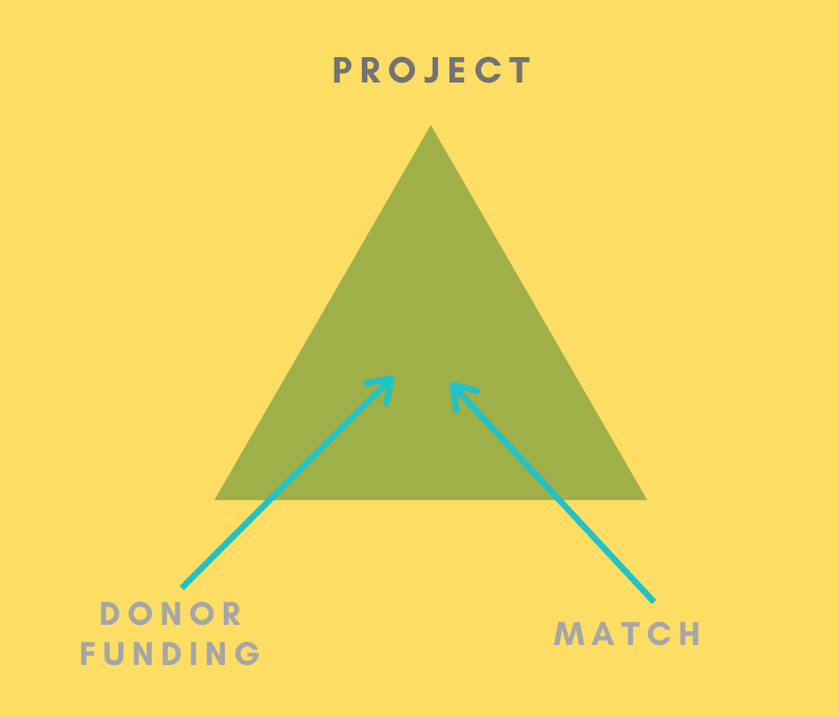What's the Difference Between "Match" and "Leverage" when Co-Funding Development Projects?

Whether you are a nonprofit operating in multiple countries or a business with aims of co-funding a program or project overseas, you most likely have encountered the concept of ‘match’ or ‘leverage’ in your fundraising efforts. Bringing existing funds, in-kind resources or intellectual property to a public-funded (or in some cases privately funded) project is a very common requirement for international development proposal requests. Figuring out the nuance of each ask, which tends to differ per proposal, can be tricky. Also identifying what resources you have at your disposal, and whether they qualify, takes a process of inventory.
Let’s review a few of the key differences between “funding leverage” and “funding match” below.
Let’s review a few of the key differences between “funding leverage” and “funding match” below.
(1) Definition: When a donor asks for leverage, they are asking a grantee (almost always a private sector entity or program) to bring new resources to the project that the donor is funding. You can envision the funding flow to look like this (see below). The expectation from leverage is that the donor is funding the program, and the leverage will help the program grow, scale or be augmented.

Leverage comes from in-kind (non-cash) or cash contributions that are outside the domain of the donor. These contributions can be any intellectual property, financial contributions, or other resources that will help add to the donor-funded project or program in question. In essence, the program or project could still be funded by the donor without the leverage, but the leverage gives an added program benefit (or scale) for the donor's impact aims. Often times these resources are NOT audited by the donor (though it is important to ask your donor about their specific auditing procedures.)
Match, or cost share, is similar to leverage in that the grantee must bring additional resources to the project or program, but the project or program is FULLY funded by the combination of the donor contribution PLUS the match. Without the match the program wouldn’t be funded. Again, a match can be in the form of cash or in-kind contributions, but the match is often audited since it is critical to the completion of the project or program. (See below)

(2) Examples of leverage and cost-share (match): Grantees can use other donations (public, corporate, individual, philanthropic), anticipated revenue, other receivables, technical assistance, donated services, and other resources that have a dollar value equivalent for both leverage and match (though each proposal may have specific requirements so best to confirm with the donor).
(3) Where to find cost-share or leverage: If your organization does not have existing revenue, contributions, cash in hand or in-kind resources to count as match or leverage, it’s best to find a partner that can contribute co-funding to a project or program. Essentially this partner becomes the leverage or cost-share contributor. We recommend examining program vision and mission to ensure alignment of program deliverables, evaluating goals to ensure mutual interests in the end game of the project and program, roles and responsibilities and relationships to the donor before agreeing to partner.
Ultimately having an opportunity to contribute to a program either via match or leverage means the project or program has the potential to be bigger than if your organization was engaging in the project or program alone. It's a good thing! The complexities of each project proposal of course differ, but finding ways to leverage or match funding is an excellent way to ingratiate new donors and find bigger pots of funding for your program.
(3) Where to find cost-share or leverage: If your organization does not have existing revenue, contributions, cash in hand or in-kind resources to count as match or leverage, it’s best to find a partner that can contribute co-funding to a project or program. Essentially this partner becomes the leverage or cost-share contributor. We recommend examining program vision and mission to ensure alignment of program deliverables, evaluating goals to ensure mutual interests in the end game of the project and program, roles and responsibilities and relationships to the donor before agreeing to partner.
Ultimately having an opportunity to contribute to a program either via match or leverage means the project or program has the potential to be bigger than if your organization was engaging in the project or program alone. It's a good thing! The complexities of each project proposal of course differ, but finding ways to leverage or match funding is an excellent way to ingratiate new donors and find bigger pots of funding for your program.
Wondering how your organization can find new funders or partners to satisfy your match and/or leverage requirement? Learn more here.
Stay connected with news and updates!
Join our mailing list to receive the latest news and updates from our team.
Don't worry, your information will not be sold or shared.

